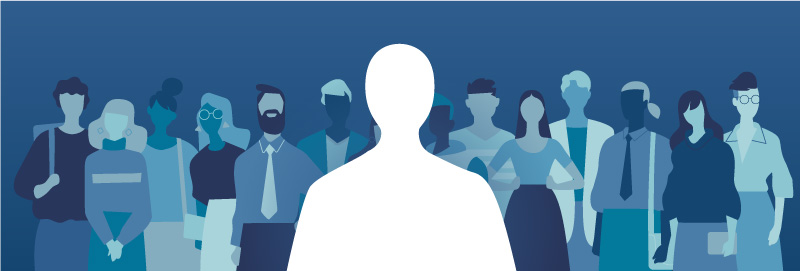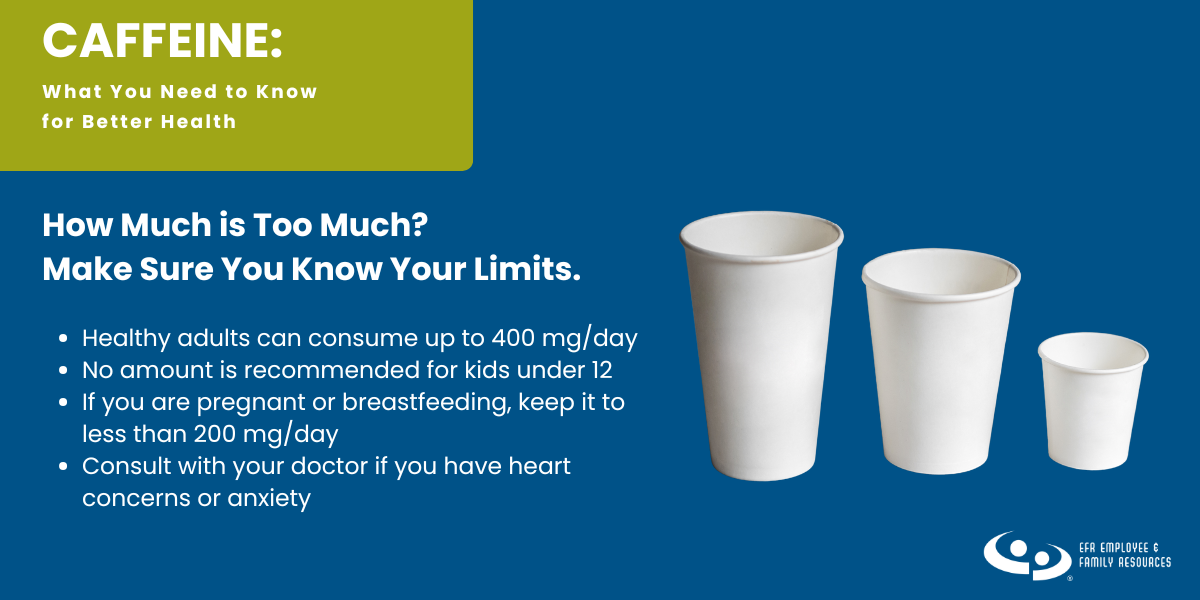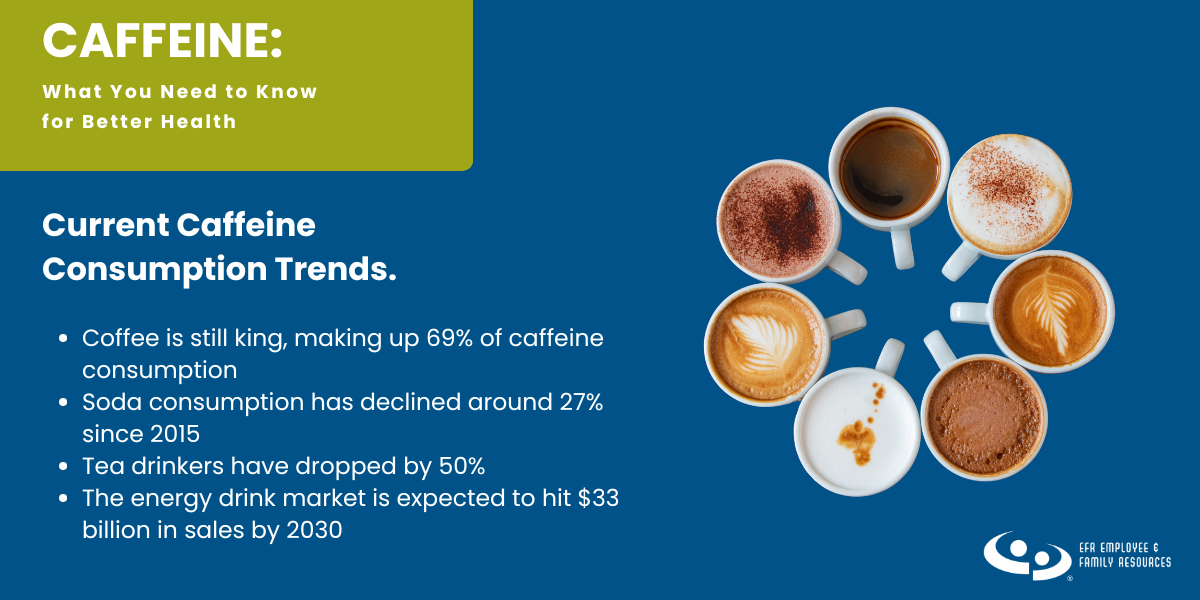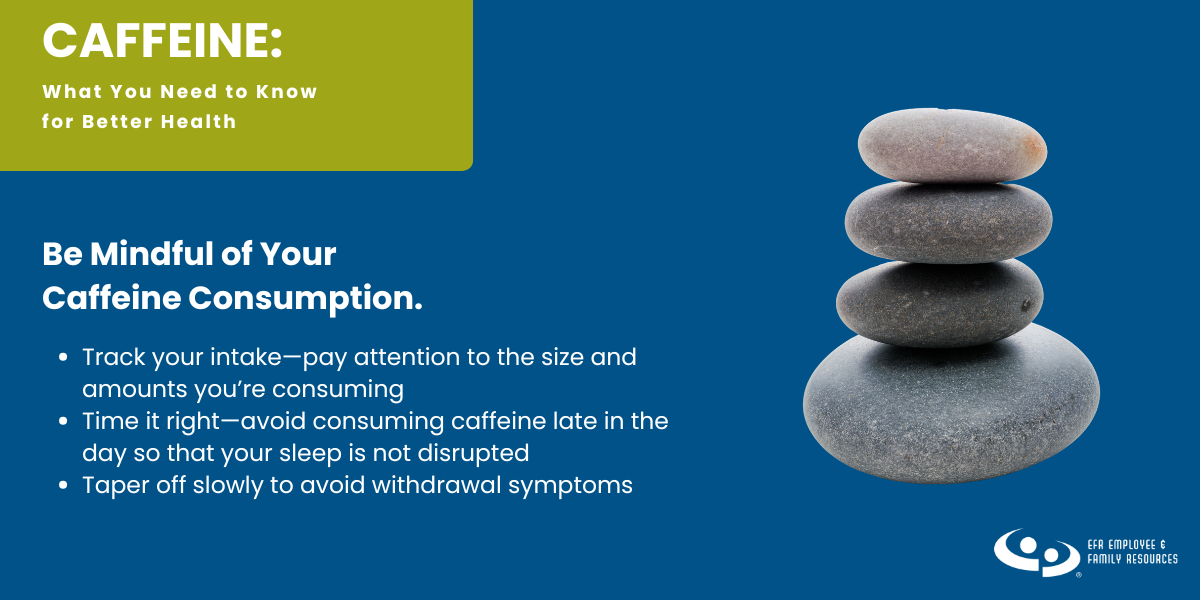- Vision
- Movement
- Thinking
- Remembering
- Learning
- Communicating
- Hearing
- Mental health
- Social relationships
Conditions like mental illness, fibromyalgia, HIV or AIDs, Lyme disease, and diabetes can present unique challenges that are undetectable to outsiders.
The Disability Spectrum
Disabilities are not a constant, all-or-nothing state. A person can have reduced vision without complete blindness. Someone can live with impaired motor functioning and still maintain the ability to walk. Even two people with the same disability can be affected in different ways! And just like your health fluctuates from day to day, so can symptoms of disabilities. Certain times, situations, or circumstances can exacerbate symptoms, making them more pronounced. For example, a person with fibromyalgia may have the ability to walk but choose to use a motorized cart while shopping to help conserve energy and alleviate pain. Someone with impaired vision may use a cane to help navigate unfamiliar places. Regardless of outward appearance, many people face unseen challenges navigating everyday life.
Outward Appearance Informs Expectations of Behavior
Because invisible disabilities don’t offer visual evidence, it’s easy for outsiders to dismiss the effects of these medical conditions. Those living with hidden disabilities are often subject to scrutiny and judgment. For example, a student with a learning disability may need more time to process information while taking an exam. Unaware classmates could misinterpret this accommodation as favoritism. Someone with autism may behave differently in social settings, where they may be shunned or criticized by peers.
People often base their expectations of behavior or ability on outward appearance. If someone looks physically fine, they are expected to act fine. This misinformed view can lead to assumptions that a person with an invisible disability is faking their condition, exaggerating symptoms to avoid responsibilities, or causing the impairment themselves through their personal choices. Such assumptions are dangerous because they can damage relationships, impact career trajectory, create barriers to treatment, undermine self-worth, and diminish the experiences of the disabled community. Appearances are deceiving, and perceptions of ability based on outward appearance often cause those with invisible disabilities to feel pressured to “prove” their impairment.
Why People Hide Their Disabilities
Many people with invisible disabilities choose to remain anonymous. They may worry how revealing this aspect of their identity will change how others view them. They may fear stigmatization, judgment, or being defined by their disability. Although the Americans with Disabilities Act outlines formal protections, it doesn’t automatically create a welcoming and accepting society. Even those who meet the legal definition of having a disability may not feel the term applies to them if their condition is inconspicuous. Those with invisible disabilities often have their experiences questioned or invalidated, especially when using public accommodations. It’s easy to understand why someone using a wheelchair needs access to a handicapped parking space, but a person with an invisible disability may face suspicion and outright hostility.
Invisible disabilities can even be hidden from those they affect. Social stigma masks symptoms by attributing medical conditions to character flaws. Someone may be labeled as lazy or apathetic when they are actually coping with undiagnosed or untreated depression. Invisible doesn’t mean imaginary, and conditions that are not detectable to the naked eye still have a tangible impact on the lives they affect.
Invisible disabilities like chronic pain, diabetes, and mental illness only become visible when individuals choose to disclose them. That’s why it’s critical to make a conscious effort to dispel the stigma surrounding disability- because everyone deserves to receive the proper care and accommodations to participate fully in life.







